Muzeum Narodowe w Krakowie
The National Museum of Krakow or Muzeum Narodowe w Krakowie is Poland’s first national museum institution established in 1879, at a time when the Poles were deprived of their statehood and country, which had been appropriated by the partitioning powers. Until the end of World War I it was the only such large museum accessible to the public in the Polish lands, and to this day remains the institution with the largest number of collections, buildings, and permanent exhibitions.
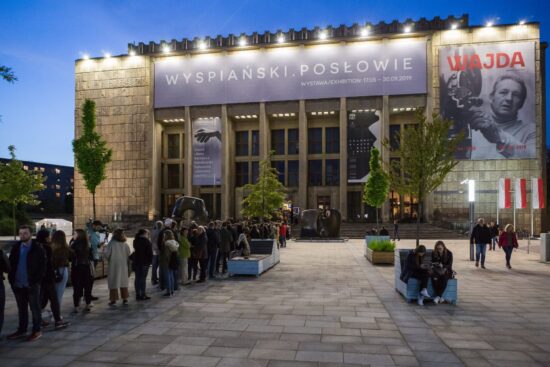

The collection of the National Museum in Krakow was begun with Nero’s Torches, Henryk Siemiradzki’s painting presented to the city of Krakow by the artist himself on 5 October 1879 to create a gallery of national art in the Sukiennice (Cloth Hall). The following day (6 October 1879), 39 artists attending the celebration of Józef Ignacy Kraszewski’s 50 years of work as an author gathered in Konrad Wentzl’s townhouse at the Main Market Square and promised donations of their works to form the initial collection of the newly formed museum.
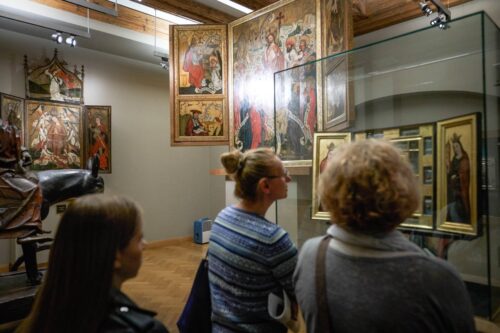
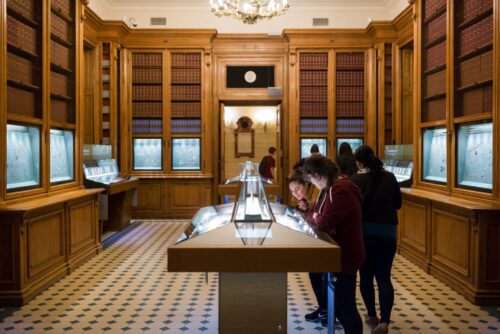
The artists’ example was soon emulated by private individuals, who began to send donations to the museum in the Sukiennice. Just how strong the need to create such an institution was is exemplified by the fact that, soon after the opening of the first museum exhibition in September 1883, the volume of donations grew exponentially: not only single objects but whole collections were donated.
Already by the first years of the twentieth century, the museum had run out of space to store and display its collections (which had by then grown to over 100,000 items). The management of the museum initiated efforts to obtain one of the buildings on Wawel Hill, but this came to nothing; the situation changed when Poland regained its independence. Soon plans began to be made to build a new home for the museum, called the New Museum Building.
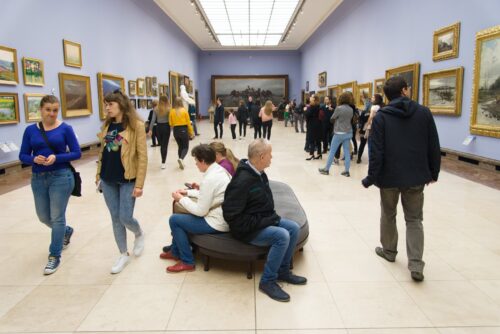
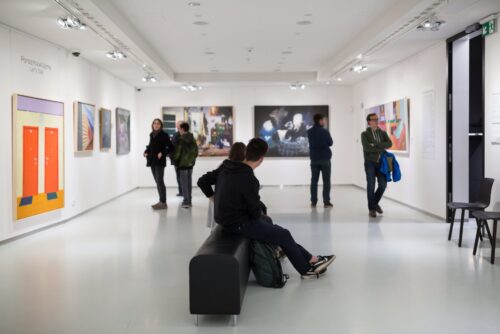
In 1934 the construction of the New Building began, based on a design hailed as one of the most modern museum projects in Europe. Regrettably, the outbreak of World War II prevented its completion, and the building was used in its unfinished form till 1970. Its extension was resumed the following year but was not completed until 1990.
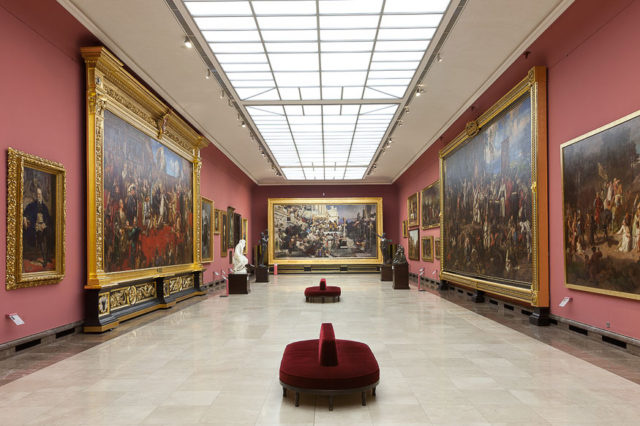

Today the displays are divided into three permanent exhibitions. The first is the Gallery of Arms & Uniforms showcasing a wide range of militaria spanning from the Middle Ages to World War II, including the armor and uniforms of legendary national leaders. The second exhibition is the Gallery of Decorative Art with several collections of fabrics, ceramics, furniture & gold artifacts.
Finally, the third exhibition includes the Gallery of 20th Century Polish Art the country’s largest exhibition of the native art of the last century. Although the exterior of the building is grimly reminiscent of Soviet constructions its interior & the plethora of treasures offered to its guests make this a place you need to see. More

